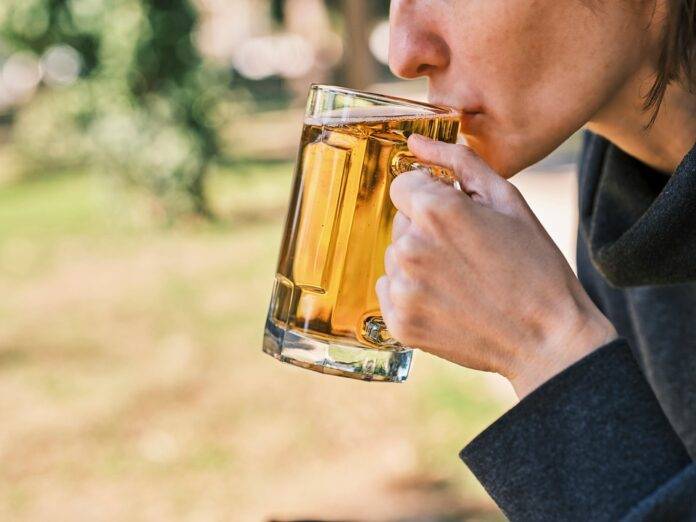Introduction
Hop additions during the boil stage of brewing beer play a crucial role in determining the bitterness and aroma profile of the final product. Understanding how these additions impact the overall flavor of the beer is essential for brewers looking to create a well-balanced and flavorful brew. In this report, we will explore the ways in which hop additions during boil affect bitterness and aroma, using both scientific research and industry insights to provide a comprehensive overview of this important aspect of the brewing process.
Impact of Hop Additions on Bitterness
1. Bitterness Units (IBU)
One of the key ways in which hop additions during boil affect the final bitterness of the beer is through the measurement of bitterness units, commonly referred to as IBU (International Bitterness Units). IBU is a scale used to quantify the bitterness of beer, with higher values indicating a more bitter taste. During the boil stage, hops release alpha acids, which are responsible for the bitterness in beer. The longer hops are boiled, the more alpha acids are isomerized, resulting in higher IBU values in the finished product.
2. Timing of Hop Additions
The timing of hop additions during the boil also plays a significant role in determining the bitterness of the beer. Early hop additions contribute more bitterness, as the alpha acids have more time to isomerize during the longer boiling period. On the other hand, late hop additions, known as aroma hops, contribute less bitterness but more aroma and flavor to the beer. By strategically timing hop additions during the boil, brewers can control the balance between bitterness and aroma in their beer.
Impact of Hop Additions on Aroma
1. Essential Oils
In addition to contributing bitterness, hops also contain essential oils that are responsible for the aroma and flavor of beer. These essential oils are volatile compounds that can be easily lost if boiled for too long. By adding hops later in the boil or even after the boil has ended (known as dry hopping), brewers can preserve more of these delicate oils, resulting in a beer with a more pronounced aroma and flavor profile.
2. Hop Varieties
The choice of hop varieties used in the boil can also have a significant impact on the aroma of the beer. Different hop varieties contain varying levels of essential oils, each with their own unique aroma characteristics. For example, Cascade hops are known for their citrusy and floral aroma, while Simcoe hops have a more piney and earthy aroma. By selecting the right hop varieties and incorporating them at the appropriate times during the boil, brewers can create a wide range of aroma profiles in their beer.
Industry Insights
1. Financial Data
The craft beer industry has seen significant growth in recent years, with consumers increasingly seeking out unique and flavorful brews. As a result, there has been a growing interest in hop-forward beers that showcase the bitterness and aroma of hops. Breweries that focus on hoppy styles such as IPAs (India Pale Ales) have seen success in the market, with some even achieving national recognition for their hop-centric offerings.
2. Trends and Innovations
In response to consumer demand for hop-forward beers, breweries have been experimenting with new hop varieties and hop techniques to create innovative and exciting brews. Some breweries are using advanced hop extraction methods to maximize the aroma and flavor of hops, while others are exploring unique hop blends to create complex and layered profiles. By staying at the forefront of hop trends and innovations, breweries can differentiate themselves in a competitive market and attract beer enthusiasts looking for cutting-edge brews.
Conclusion
In conclusion, hop additions during the boil stage of brewing play a critical role in determining the bitterness and aroma of beer. By understanding how different hop varieties, timing of additions, and extraction methods impact the final product, brewers can create well-balanced and flavorful beers that cater to a wide range of consumer preferences. As the craft beer industry continues to evolve, breweries that prioritize quality hop additions in their brewing process will be well-positioned to succeed in a competitive market.



